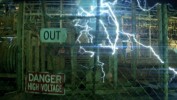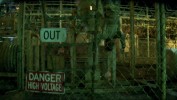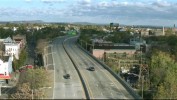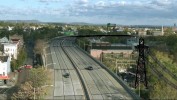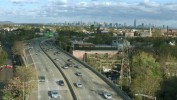BE KIND REWIND
DIRECTOR : Michel Gondry
PRODUCTION : Partizan, New Line Cinema
VFX SUPERVISOR : Pierre Buffin
VFX PRODUCER : Mélanie Cussac / Cynthia Mourou
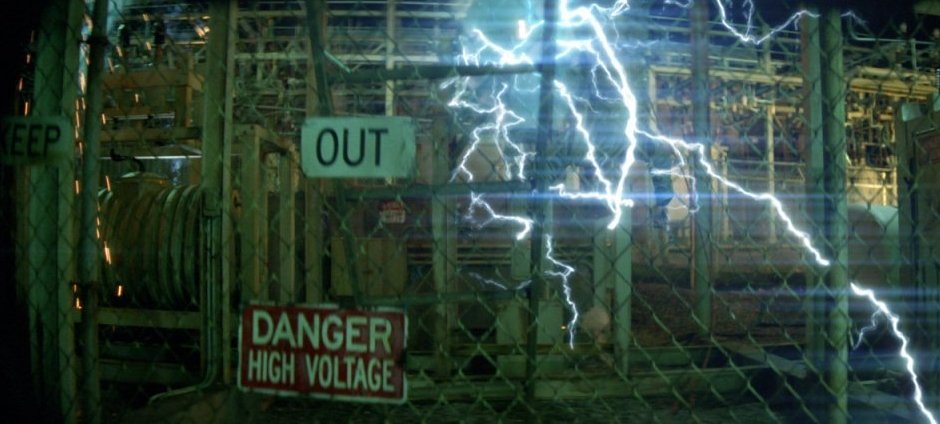
MAKING OF : Charles Labriet
MUSIC : Fats Waller - A little bit independent
NUMBER OF SHOTS : 80
Production notes
Be Kind Rewind
Director: Michel Gondry
Production: Partizan, New line Cinema
Number of VFX shots: 80
“A jaunty, outrageous and visually inventive fantasia that is wondrous, beguiling and dazzlingly executed” - Screen International
“An exuberant, fanciful fable set amid the scruffy outskirts of American society, where people's need for escapism coincides with their desire to participate in its creation” - Hollywood Reporter
Mr. Fletcher, owner of the Be Kind Rewind video store, leaves Mike in charge while he campaigns to save the building. The store’s entire stock is accidentally erased by Mike’s foul-up friend Jerry and the duo must remake of some of Hollywood biggest hits in less than one week's time.
When hero Jerry gets electrocuted, all the VFX surrounding his character had to be essentially- invisible. CG animation allowed us to film Jack Black suspended by cables on a set that was lit by interactive lighting. BUF then animated 3D electric bolts, synchronized them with the practical lighting, and re-lit Black’s body every time he was shocked.
More pronounced VFX shots involved Black's character Jerry. His body acting as a magnet during the “magnetic pee” sequence in which his urine affects his immediate surroundings. BUF R&D did many tests for director Michel Gondry, who in the end opted for a fairly subtle look because the film had to be funny, but not so outrageous that audiences wouldn’t believe it. BUF had to establish a fine balance between the visual effects work and the acting. Working from a filmed plate featuring a pool of liquid on the ground the first step was to build a 3D environment map to create a reflection on the surface of the liquid. Then objects (bolts and screws) were modeled in 3D and animated in the liquid to look like they were being pulled through it. The team also rotoscoped a nearby car to animate exaggerated vibrations. as the bolts and screws are pulled out of the car.
In another sequence, Jerry walks along a fence on a street when his body (still acting as a magnet) suddenly adheres to the metal mesh. For this shot Gondry wanted something more spectacular and surreal, so BUF recreated the fence in 3D animation, making stronger vibrations as the fence sticks to him - this effect was pushed to its extreme to create the exaggerated comic moment the director wanted. Finally, after many tests for timing, BUF accelerated Jerry's movement towards the fence.
Another challenging sequence required significant work on the environment. The film opens with the camera flying high above a freeway. After a moment, it tilts up to reveal the Manhattan skyline in the foreground. The camera then goes down under an overpass and catches up with Jerry. The shot was impossible to capture in one take so Gondry shot it in three separate passes. BUF then had to recreate transitions between the plates to form one continuous shot. Additionally because there wasn't any traffic on the freeway, so the team had to create realistic CG traffic, using speed to achieve a more dynamic shot. Because the plates did not really match, we had to unify them via 3D transitions. Lastly, we recreated the background using a matte painting of Manhattan as well as all of the electricity pylons along the freeway in CG.
Gondry wanted to combine the heroes re-incarnation of famous movie characters in one single shot. Using mostly 2D morphings and CG, this sequence demanded the creation of seamless transitions between the takes, all shot without motion control with huge variations in comedic timing. Parallel to this effect work, BUF also executed tech fixes such as re-timing shots for better comedic effect helping Gondry achieve exactly the moment he wanted on-screen..



